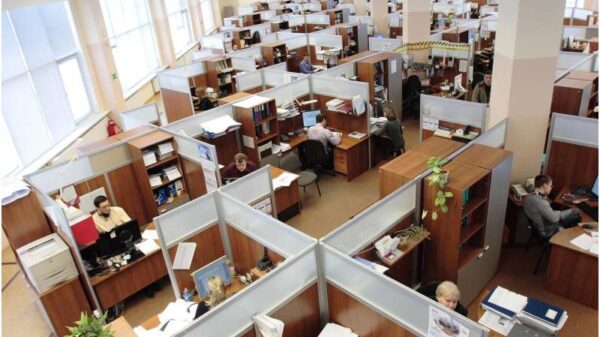Innovative researchers at the University of Portsmouth have developed a method to repurpose waste glass into building materials, paving the way for a more sustainable construction industry. This breakthrough involves using powdered discarded glass as a stabilizing agent in Compressed Earth Blocks (CEB), presenting a promising solution to the challenges of glass recycling.
The research team, which included scientists from three additional universities, focused on enhancing the durability and structural integrity of CEBs. Traditionally, these blocks consist of soil, water, and cement, mixed and compressed under high pressure. This method produces durable materials with significantly lower carbon emissions compared to conventional fired bricks. The challenge, however, lies in replacing cement with alternatives that maintain similar strength and resistance to environmental factors.
Dr. Muhammad Ali, a co-author of the study published in Discover Civil Engineering in October 2023, explained the rigorous testing process the team undertook. “At each percentage level, we assessed water absorption, compression resistance, and the maximum stress the block could endure before deformation,” he noted. The research revealed that a combination of 10% lime and 10% recycled glass particles produced the strongest blocks, showing no signs of cracking under intense pressure.
Potential for Sustainable Construction
The findings suggest that manufacturers of CEBs should consider incorporating this innovative mix to create more sustainable building materials. While the researchers acknowledge that further studies are needed to explore the long-term durability of these blocks in various environmental conditions, the initial results are encouraging.
This method not only addresses the issue of waste glass, which is often difficult to recycle, but also reduces the energy and resources typically required for traditional recycling processes. The potential for CEBs extends particularly to low-rise residential and community buildings in regions with low to moderate humidity, making them unsuitable for high-rise constructions prevalent in developed cities.
As the demand for sustainable building materials grows, the integration of recycled glass into CEBs presents an opportunity to enhance construction practices in developing countries. The local sourcing of materials and the labor-intensive nature of producing CEBs could further support economic development in these areas.
Scientists globally are exploring various avenues to keep glass out of landfills. This includes its use in fire-resistant cladding, as a sand replacement in concrete for 3D printing, and even attempts to create compostable glass. Each of these innovations contributes to a broader effort to minimize waste and promote sustainability in construction.
The success of this initiative hinges not only on the effectiveness of the new building blocks but also on the ability to scale production. The researchers’ recommendation for CEB manufacturers to adopt this mix could mark a significant step towards a more sustainable future, harnessing waste materials that would otherwise have required extensive resources to process.





































































